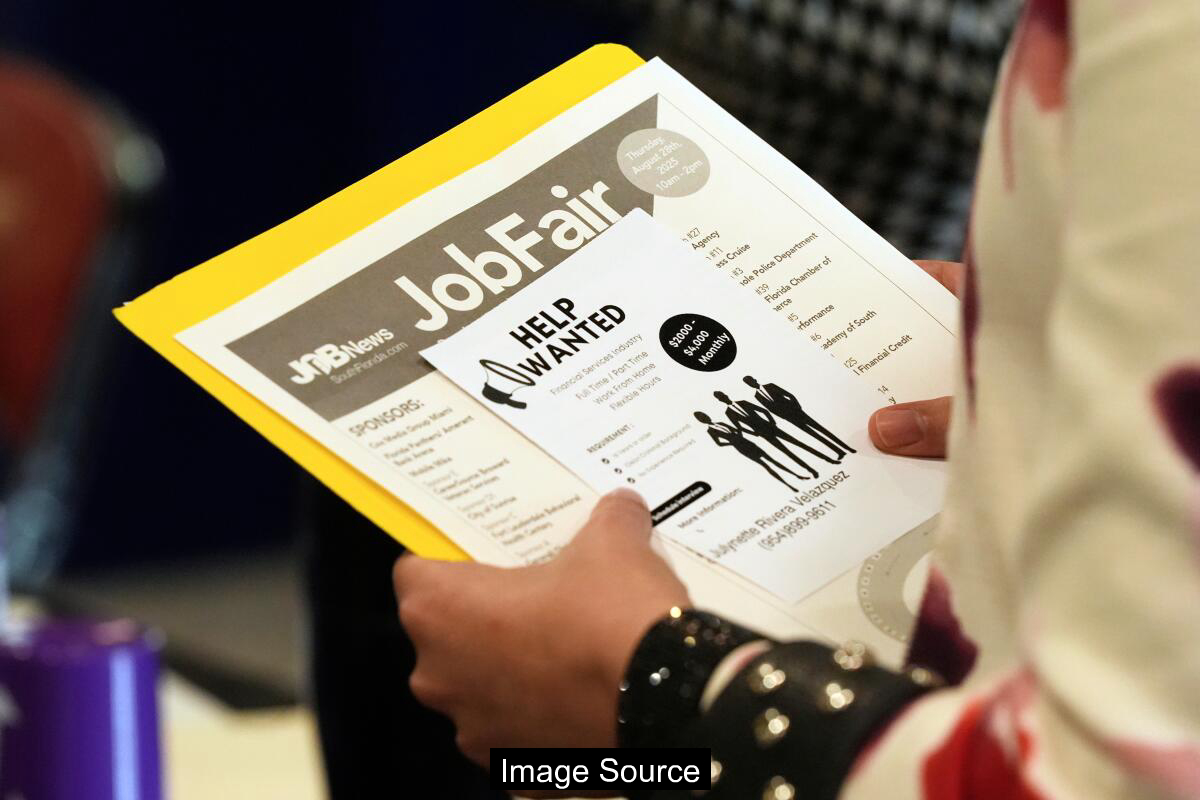The technology sector in California continues to experience significant workforce reductions, with artificial intelligence emerging as a key driver of employment shifts. Major tech companies have been implementing substantial layoffs, citing the transformative potential of AI technologies and the need to restructure their workforce in response to evolving industry dynamics.

Job Market Disruption in 2025
The U.S. job market is experiencing significant turbulence in 2025, with companies across multiple sectors announcing substantial workforce reductions. Job cuts have already exceeded the total for the previous year, driven by a complex mix of economic uncertainty, government initiatives, and technological transformation. California and Washington, D.C. have been particularly impacted by these employment shifts.
The technology industry leads the job cut landscape, with major companies like Intel, Microsoft, Meta, and Salesforce reducing their workforce while simultaneously investing heavily in artificial intelligence. The emergence of AI chatbots capable of generating text and code has intensified worker anxiety about potential job automation.
Economic factors such as inflation, tariffs, and market volatility are compelling employers to streamline operations. Retailers, financial firms, and healthcare organizations are among the sectors experiencing substantial employment contractions, signaling a broader trend of corporate restructuring.
Scale and Scope of Job Cuts
According to Challenger, Gray & Christmas, U.S. companies have announced approximately 892,000 job cuts through August 2025, representing a 66% increase compared to the previous year. This figure surpasses the total job cuts for all of 2024 and approaches levels last seen during the COVID-19 pandemic lockdowns in 2020.
California leads state-level job cuts with 135,241 positions eliminated, while Washington experienced a dramatic tripling of job cuts to 294,696. New York saw a 33% increase in job cuts, though some states like Texas and Nevada experienced reductions.
The technology sector reported 102,239 job cuts in 2025, a slight 3% decrease from the previous year. Artificial intelligence was directly cited as the reason for 10,375 job cuts, with technological updates potentially contributing to an additional 20,219 job eliminations.
Government and Technological Influences
The Trump administration’s Department of Government Efficiency (DOGE) has been a significant driver of government job reductions. This initiative has accelerated cost-cutting measures across federal employment sectors, complementing broader economic restructuring trends.
Technological advancements, particularly in artificial intelligence, are reshaping employment landscapes. AI’s capability to generate complex text and code has raised substantial concerns about potential job displacement across various professional domains.
The U.S. Department of Labor’s recent data indicates a rising trend in unemployment insurance applications. For the week ending August 30, initial claims increased by 8,000 to 237,000, marking the highest level since June and reflecting growing labor market uncertainty.
Industry-Specific Challenges
Retailers are experiencing significant workforce disruptions due to complex economic pressures. Tariffs, inflation, and consumer spending constraints are driving bankruptcies and store closures, with potential implications for seasonal hiring during the upcoming holiday shopping season.
Pharmaceutical companies, financial institutions, nonprofits, and retail sectors have witnessed substantial job cuts. Companies like Kroger have announced massive corporate layoffs, reflecting broader industry-wide restructuring efforts.
The services, media, healthcare, and retail industries are experiencing notable employment contractions, indicating a widespread reevaluation of workforce requirements across multiple economic sectors.
Understanding Job Market Dynamics
Employers are increasingly cautious about expanding their workforce, with August 2025 seeing only 1,494 planned job additions—the lowest level recorded since 2009 when Challenger, Gray & Christmas began tracking such metrics.
The job market’s volatility stems from a complex interplay of technological innovation, economic uncertainty, and strategic corporate restructuring. Companies are simultaneously reducing headcount while investing in transformative technologies like artificial intelligence.
Workers are advised to remain adaptable, continuously upgrade their skills, and be prepared for potential shifts in employment landscapes across various industries.
Strategic Pointers
The current job market demands proactive career management and continuous skill development. Professionals should focus on acquiring skills that complement emerging technologies rather than compete with them.
Industries experiencing significant disruption include technology, retail, healthcare, and government services. Workers in these sectors should be particularly attentive to potential employment shifts and opportunities for reskilling.
While the job market presents challenges, it also offers opportunities for those willing to adapt and embrace technological transformations. Networking, maintaining professional flexibility, and investing in personal skill development remain critical strategies for navigating the evolving employment landscape.
※ This article summarizes publicly available reporting and is provided for general information only. It is not legal, medical, or investment advice. Please consult a qualified professional for decisions.
Source: latimes.com